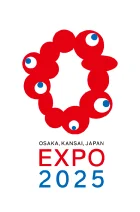
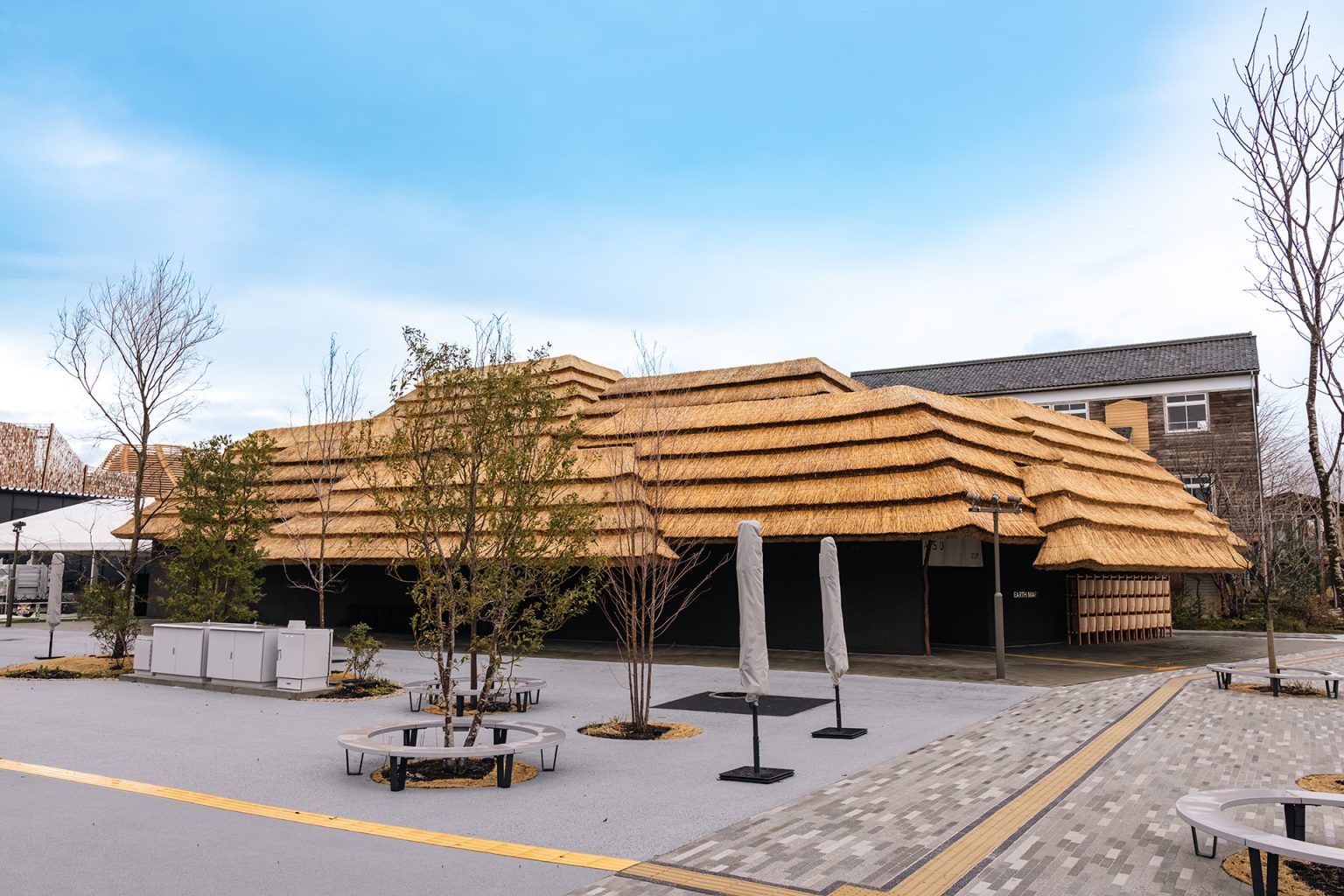
The EARTH MART pavilion challenges our conventional thinking about food and consumption. In a space modelled on a supermarket, you are greeted with displays that highlight the true cost of our everyday choices, not in currency, but in ecological and human impact.
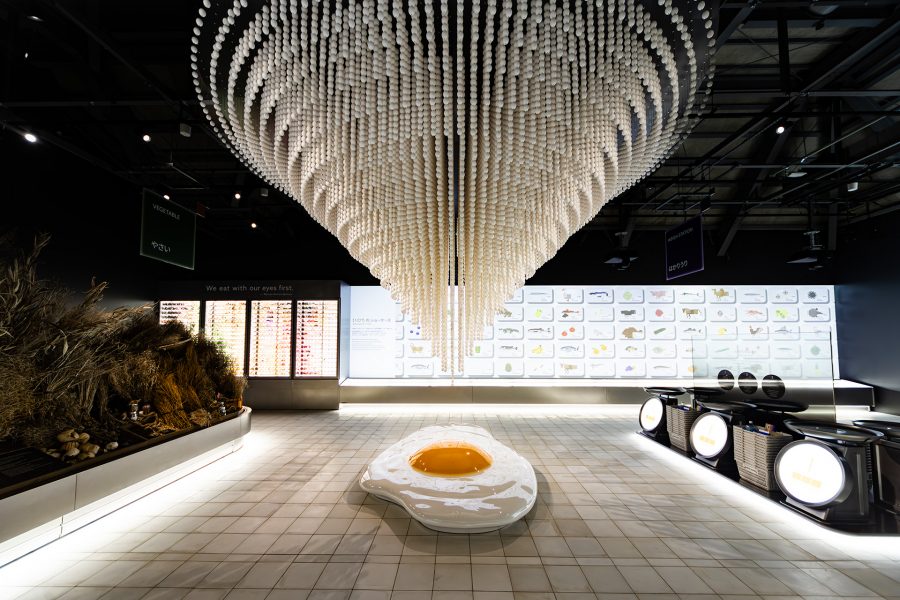
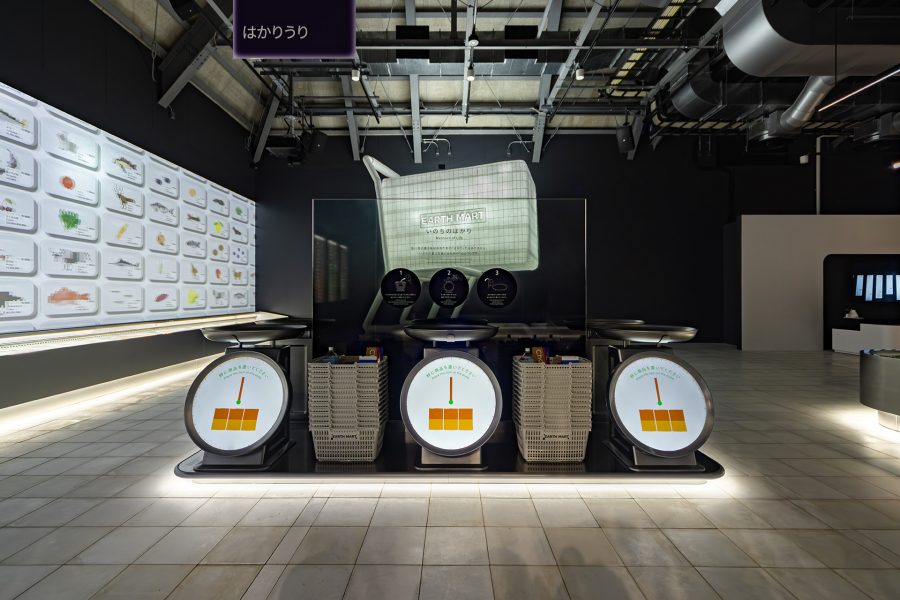
Among the various exhibits, there is a huge egg chandelier, which is a hit with the visitors and makes for a great photo-op. The chandelier represents the average number of eggs a Japanese person eats in their lifetime—around 28,000 the second largest amount in the world.
Another memorable feature is an interactive digital scale that you are invited to “weigh” different items on. The twist is that instead of displaying the weight in grams, it reveals the story of the work of people and nature behind each item through an animation. Rather than the weight of the food, the scale shows the weight of life.
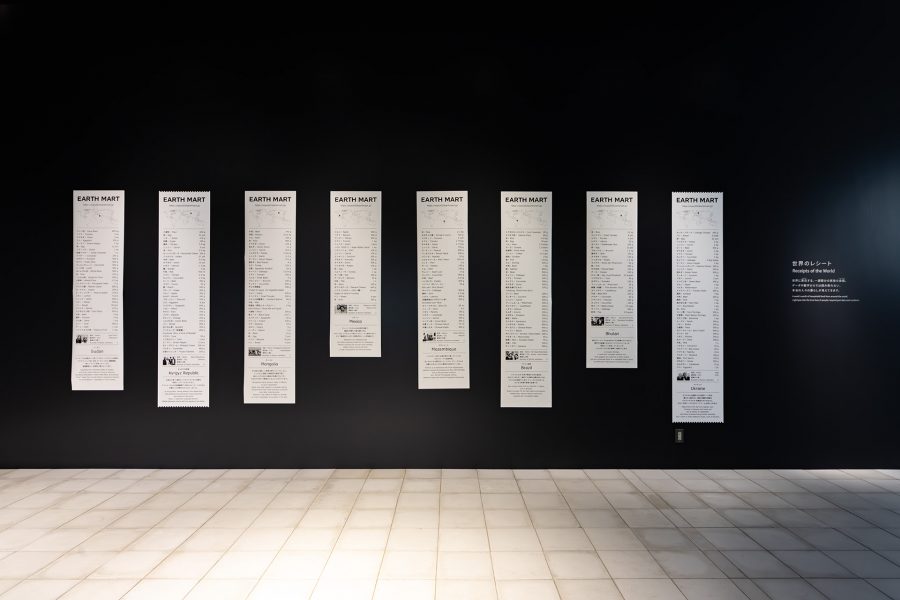
A nearby wall displays snapshots of different families’ groceries from around the world, visualizing the current state of the oldest and most primal human activity—eating—through the lens of family and globalism. It will make you stop and think about overconsumption.
Moving into the next room, you will discover solutions to secure the planet’s food future, such as innovations in sustainable agriculture and food technology.
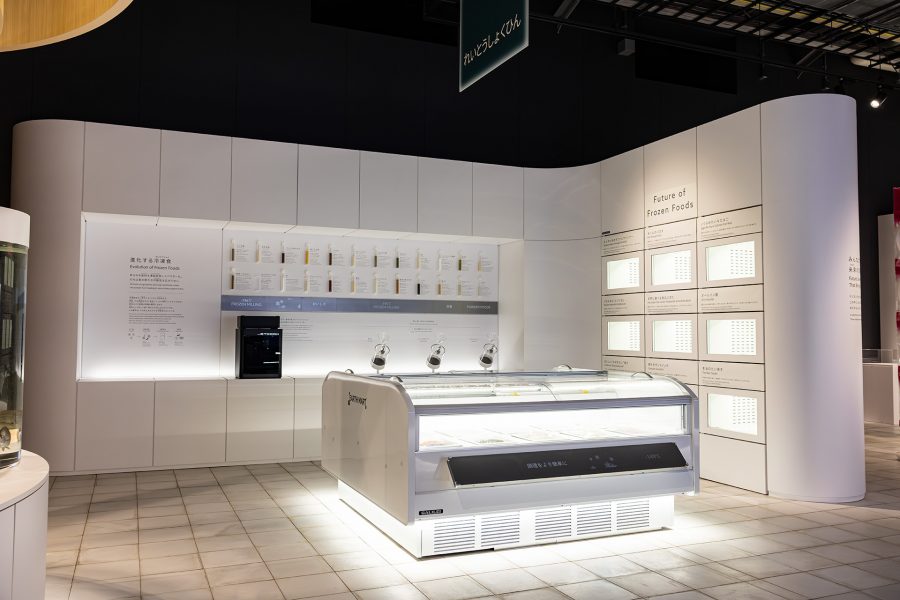
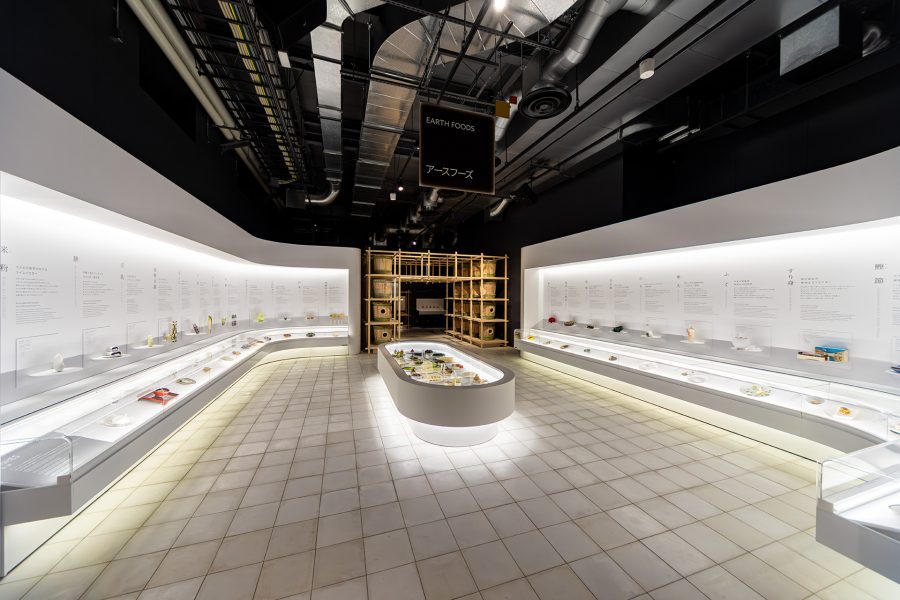
Rice and frozen foods are essential to many of us. A fascinating new concept fuses the two: various ingredients and dishes are freeze-dried and ground into a powder, which is shaped into rice-shaped grains. Visitors can view samples of this innovative “regenerated rice.” How would you like to try salad, paella, or tomato-flavoured rice in the near future?
You can also see the 25 “EARTH FOODS”. These are ingredients, foods, and food-related knowledge and technology developed in Japan that the pavilion’s creators wish to share with the world in order to improve the future of food.
You will walk away from EARTHMART not with bags of groceries, but with a deeper awareness and questions to ponder such as “Just how much does one human being owe other lives and nature for their existence?” and “Can our personal choices change the future?” So be sure to stop by EARTHMART when you visit the Expo for an eye-opening and thought-provoking experience.
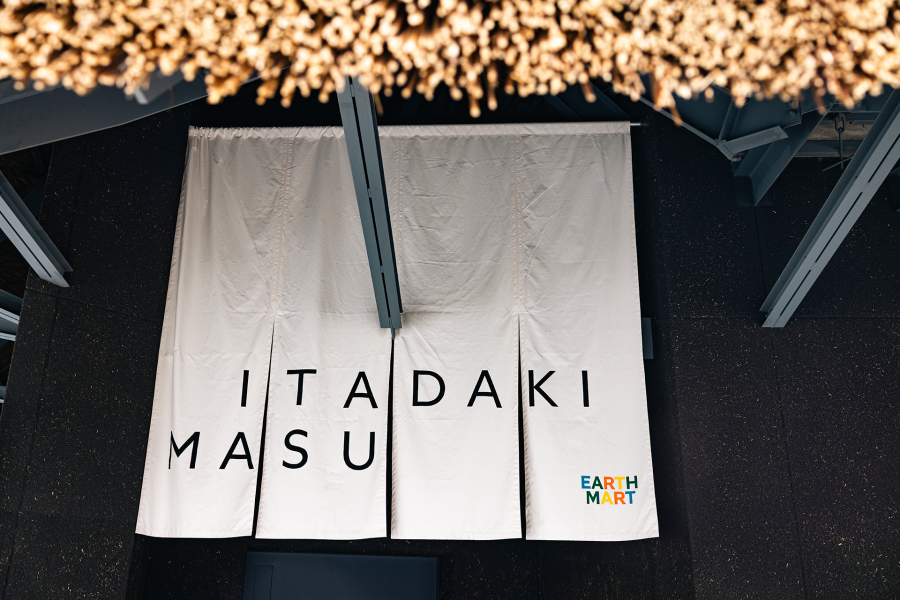
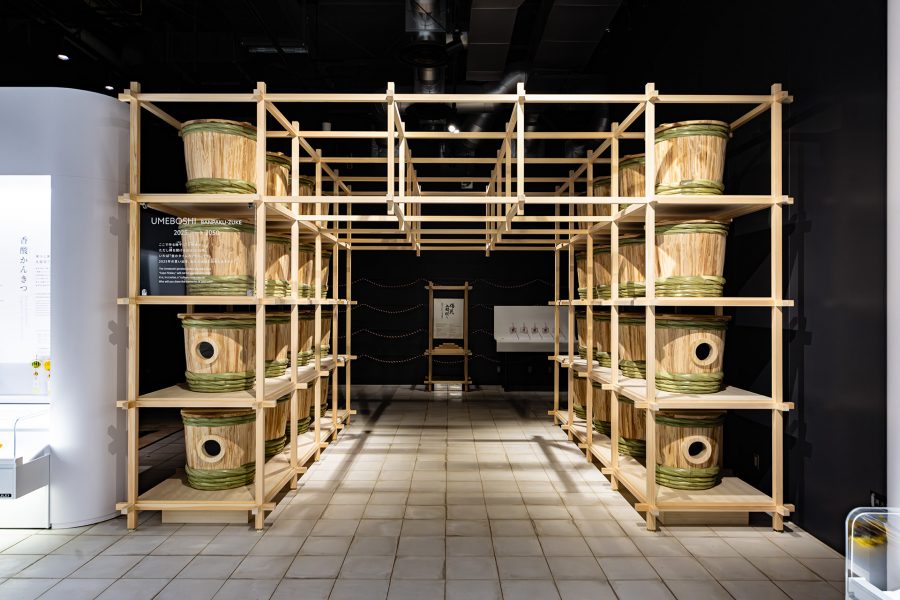
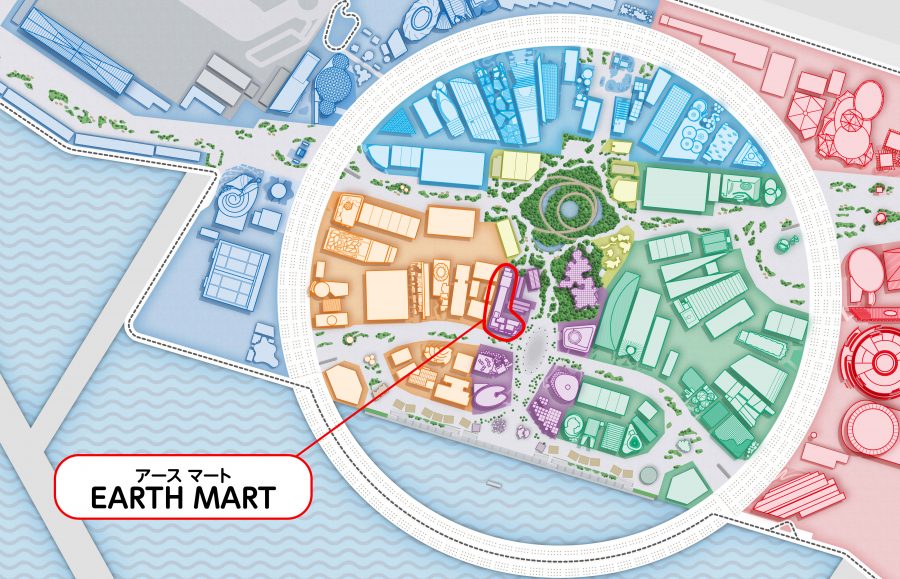
This pavilion is subject to Reservation & Lottery.
EXPO2025 Digital Ticket